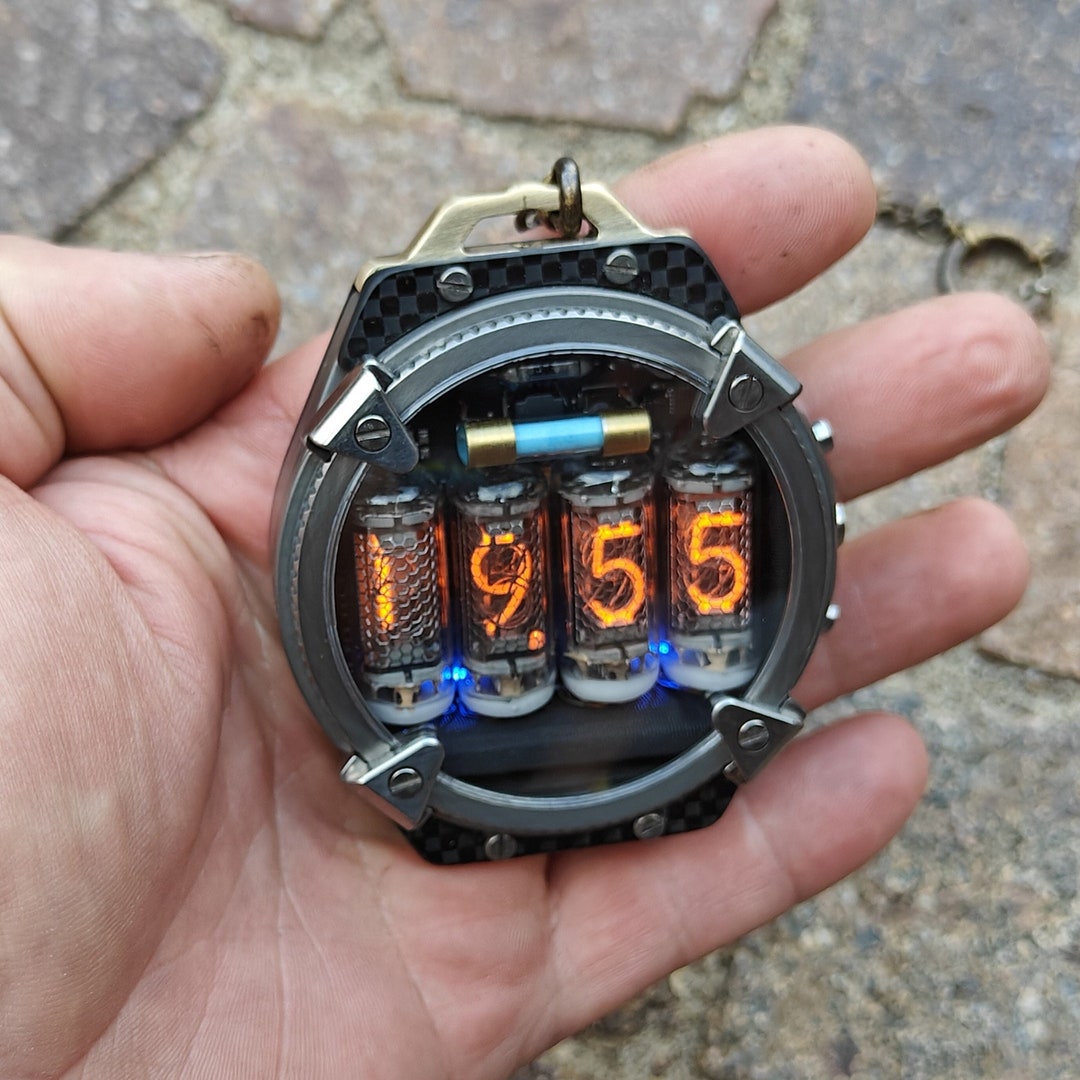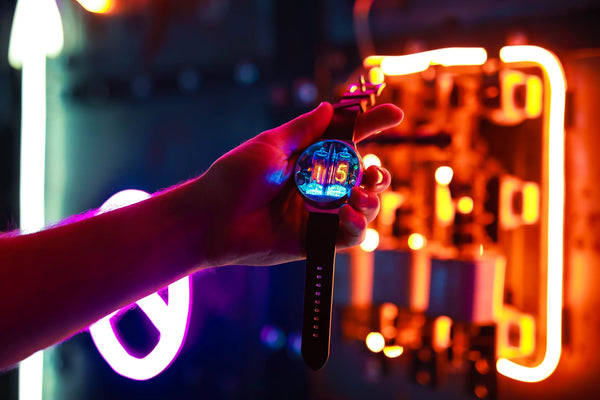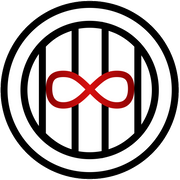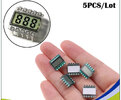Fluffyboii
Active Member
Hi,
Ever since I designed and simulated a digital watch with logic gates for one of my electronics classes in university I had this urge to take that design and make it reality with only transistors. Not even logic gates or flip flops. I did find that it is already done my different individuals and it is not an easy feat.
Anyway I am super into digital watches for the past year or so. I simply like telling the precise time at a simple glance and I love the unusual shape and sizes some digital watches have. Today the idea of making my own digital wrist watch got stuck on my mind. Obviously the easiest way to do it would be to get a microprocessor, few small 8 bit displays, rtc module for precise time keeping, slamming all of that in a 3d printed case. Even doing that would be a feat in itself.
Unfortunately using something like an Arduino, taking the Atmega something processor from it feels wrong. People make smartwatches with lots of functionality with those and just simple time keeping with it would make me sad. I could get a less powerful microprocessor and try to code in assembly to torture myself but I am not in that mood.
Using transistor level logic would never fit in a wrist watch form factor, I wonder if using smd versions of logic gate chips, flip flops, multiplexers, etc. would make it possible to fit in a wrist watch or do I need to get counter ICs and other more complex ICs for it to fit. Today most wrist watches that are digital have a small mcu, a quartz crystal with an inductor, few caps and resistors and thats it. Pretty boring and unrepairable.
I am also curious about when something stops being analog. Analog circuits are fascinating. I also want to make a calculator with all solid state components but analog in design. Adding and subtracting with op amps is easy enough but multiplication is difficult Obviously having it all solid state requires using some kind if led display which requires a dac at some point. Can something similar be done with a watch, nearly fully analog except the display. This is bit off topic from my initial wrist watch idea but is it possible to make a watch with a led display that does all the time keeping with an analog circuitry, just for the sake of it. Something like a RC circuit that charges a capacitor until a voltage threshold is passed that the triggers a comparator for example to keep time. I never truly understood when some circuit truly becomes digital.
Obviously having it all solid state requires using some kind if led display which requires a dac at some point. Can something similar be done with a watch, nearly fully analog except the display. This is bit off topic from my initial wrist watch idea but is it possible to make a watch with a led display that does all the time keeping with an analog circuitry, just for the sake of it. Something like a RC circuit that charges a capacitor until a voltage threshold is passed that the triggers a comparator for example to keep time. I never truly understood when some circuit truly becomes digital.
This is just my random thoughts at 5am.
Edit: I just searched bit more and a microprocessor less watch requires immense amount of logic elements just as I remember that will definitely not fit in a small package unless I use ICs to do most of the hard work.
Ever since I designed and simulated a digital watch with logic gates for one of my electronics classes in university I had this urge to take that design and make it reality with only transistors. Not even logic gates or flip flops. I did find that it is already done my different individuals and it is not an easy feat.
Anyway I am super into digital watches for the past year or so. I simply like telling the precise time at a simple glance and I love the unusual shape and sizes some digital watches have. Today the idea of making my own digital wrist watch got stuck on my mind. Obviously the easiest way to do it would be to get a microprocessor, few small 8 bit displays, rtc module for precise time keeping, slamming all of that in a 3d printed case. Even doing that would be a feat in itself.
Unfortunately using something like an Arduino, taking the Atmega something processor from it feels wrong. People make smartwatches with lots of functionality with those and just simple time keeping with it would make me sad. I could get a less powerful microprocessor and try to code in assembly to torture myself but I am not in that mood.
Using transistor level logic would never fit in a wrist watch form factor, I wonder if using smd versions of logic gate chips, flip flops, multiplexers, etc. would make it possible to fit in a wrist watch or do I need to get counter ICs and other more complex ICs for it to fit. Today most wrist watches that are digital have a small mcu, a quartz crystal with an inductor, few caps and resistors and thats it. Pretty boring and unrepairable.
I am also curious about when something stops being analog. Analog circuits are fascinating. I also want to make a calculator with all solid state components but analog in design. Adding and subtracting with op amps is easy enough but multiplication is difficult
This is just my random thoughts at 5am.
Edit: I just searched bit more and a microprocessor less watch requires immense amount of logic elements just as I remember that will definitely not fit in a small package unless I use ICs to do most of the hard work.
Last edited:






